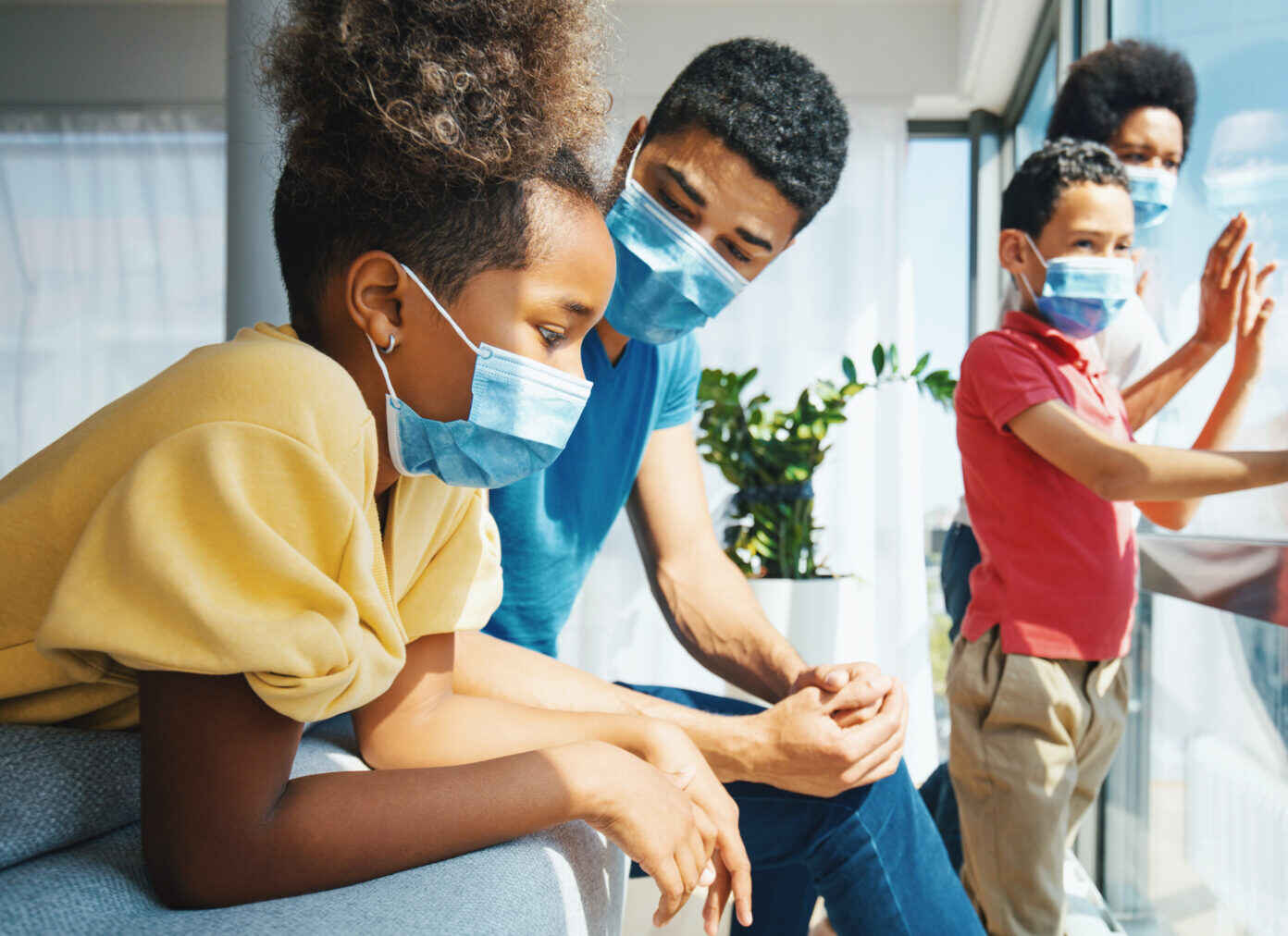Legal and Policy Action Now Can Lay the Groundwork for Posttraumatic Growth
July 16, 2020
Overview
Amid the loss of life due to the COVID-19 pandemic, the closures undertaken in an effort to prevent further loss of life and corresponding social and economic disruptions, as well as the killings of still more unarmed Black people (including George Floyd, Rayshard Brooks, and Breonna Taylor) at the hands of police, and widespread civil unrest, it is a challenge at times for many of us to keep putting one foot in front of the other, or to pause to take a breath. Many of us have been grappling with how to endure the individual losses and traumas of 2020, as well as the overarching chronic and collective traumas. It can be an even bigger challenge to try to extend our gaze further ahead, and to ask whether and how the actions we take now and in the coming months might lead to growth, and to a healthier, more humane and equitable culture and communities.

Posttraumatic growth has been defined as “positive change experienced as a result of the struggle with a major life crisis or a traumatic event.” By their nature, traumatic events can shock core beliefs, which, with effort and support, may ultimately result in a re-centering of that which is most important. Individual growth may be measured according to a posttraumatic growth inventory that includes assessment of growth in five key areas:
- Appreciation of life
- Relationships with others
- Recognizing new possibilities in life
- Personal strength
- Spiritual change
Posttraumatic growth is generally discussed as an individual phenomenon that may be supported in the clinical setting, but the concept may warrant consideration at the population level, as public health practitioners and policymakers seek to address widespread traumatic experiences in 2020, including the COVID-19 pandemic and racial trauma. These deeply distressing events are ongoing and complex, and experienced in different ways by different individuals and communities.
Examples of Posttraumatic Growth
Humans have known about the potential for growth to arise out of adversity for a very long time. We have been studying it systematically for a much shorter period of time. One of the first populations among whom posttraumatic growth has been rigorously studied is military veterans. The National Health and Resilience in Veterans Study found that posttraumatic growth is quite common among veterans, particularly among those who begin with strong social support, sense of purpose, and religious faith, or who are supported to deepen these resources. The Aspen Institute, in partnership with columnist David Brooks, has engaged in efforts this summer to connect veterans and civilians in dialogue about how to support growth in our communities and the wider culture during and after the COVID pandemic.
Similar patterns of posttraumatic growth have been found following natural disasters, such as Hurricane Katrina and Hurricane Sandy, as well as among survivors and health care workers during the Ebola outbreak of about five years ago. The evidence regarding the mental health impacts of civil unrest is still emerging, with some indication that even nonviolent protests may have mixed mental health outcomes, though outcomes may be more positive for participants in demonstrations and protests, than for community members.
Law and Policy Strategies to Support Posttraumatic Growth
One legal strategy explicitly focused on fostering posttraumatic growth is House Bill 1997, the Veterans Posttraumatic Growth Act. According to the summary from congress.gov,
This bill requires the Department of Veterans Affairs (VA) to conduct a two-year pilot program to study the effectiveness of nonprofit post-traumatic growth programs to determine (1) the outcomes of such programs in contrast to traditional models of mental health care, (2) the possible integration of such nonprofit programs into VA mental health care programs, and (3) the budgetary impact of such integration.
Though the bill is focused on an individual treatment-based clinical model, the support among some federal policymakers for piloting the concept of posttraumatic growth should be of interest to public health practitioners.
A number of policies might support posttraumatic growth at a population level. These include evidence-based policies that
- support self-awareness, self-management, and development of problem solving skills (such as universal pre-kindergarten and social and emotional learning in K-12 schools);
- provide more equitable access to nature (such as converting golf courses to public parks on at least some days of the week and establishing green schoolyards and outdoor learning initiatives);
- reduce isolation (such as enhanced broadband internet access and digital inclusion); and
- increase community safety (including proposals to reform policing, whether at the local or national level).
In short, many strategies to address the social determinants of health may facilitate post-traumatic growth, as they enable greater feelings of self- and community-efficacy, greater sense of purpose and meaning, and greater connection to others. Even as the public health workforce is wholly engaged in containing the spread of the coronavirus and addressing racial trauma, we will be well served if we can somehow also direct our attention to how our response to these events may become turning points for collective growth.
This post was written by Jill Krueger, Director, Network for Public Health Law – Northern Region Office.
The Network for Public Health Law provides information and technical assistance on issues related to public health. The legal information and assistance provided in this post do not constitute legal advice or legal representation. For legal advice, readers should consult a lawyer in their state.
Support for the Network is provided by the Robert Wood Johnson Foundation (RWJF). The views expressed in this post do not represent the views of (and should not be attributed to) RWJF.
